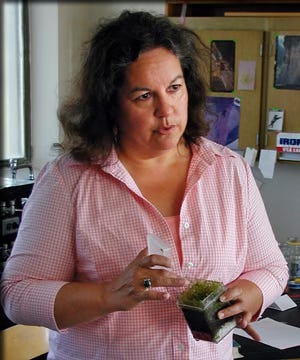The nature of writing and science share one intense commonality: observance. Writing is an act of observing and putting words to (either in accordance with or description of) what’s being observed. Science - no matter the branch - is a system of studying structure and behavior of anything through observation, experimentation, and testing of theories.
Written communication of experiments are highly valued within the science community, but so is the act and publication of nature writing and eco fiction and poetry.
If you are an observer, you are already extremely close to becoming a scientist. And, dare I say, it is practically impossible to be a scientist and not be a writer.
i. METHODS
The formula to writing like a scientist is to learn how to write about everything and absolutely nothing at once. To grow comfortable with knowing a lot and having answers to none of your questions.
Sit in nature when there is seemingly nothing around and write about what you see. You’ll quickly realize there is much to describe and entirely too much to explore. Write recipes for potions or teas. List seeds and plants within your garden. Write letters to the Earth. Imagine a world in which a specific problem is solved or a specific disease is cured. Write about the world your imagination supplies.
To write like a scientist is to write in whatever way curiosity flows out of you: whether that be poetry (or poetry-adjacent) or stream of consciousness. To write like a scientist, you must truly open your eyes to the world around you. To be a scientist, you must truly open your eyes to the world around you.
The realm of science I love revolves around nature and Earth. This branch (and many others, if you look for it) requires a scientist to be deeply internal. “We are star stuff pondering the stars,” says Carl Sagan in his book Cosmos. “We are Earth stuff pondering the Earth,” Samantha Harvey says in her Booker Prize speech. So to write like a scientist, you must write about yourself. Observe your own heartbeat in connection to the creatures around you and then to the Earth itself. At times all heartbeats beat as once.
Observing is a tool and exercise of science and to write is to observe.
To write like a scientist is to do just that: write.
ii. INSPIRATIONS
Rachel Carson (1907-1964), biologist, writer, and environmental activist, is known as an idol in the naturalist writing community. Both her writing and work heavily influenced global environmental and conservation movements. She was an incredible scientist and writer.
The aim of science is to discover and illuminate truth… If there is poetry in my book about the sea, it is not because I deliberately put it there, but because no one could write truthfully about the sea and leave out the poetry.
- Rachel Carson
I recommend the Library of America editions of Carson’s work. Silent Spring and Other Environmental Writings and The Sea Trilogy.
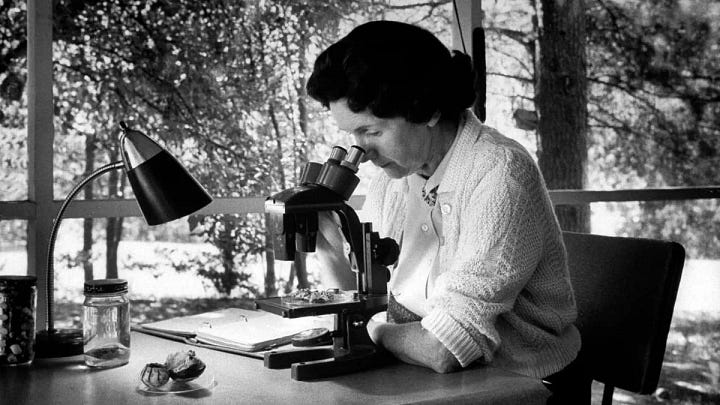
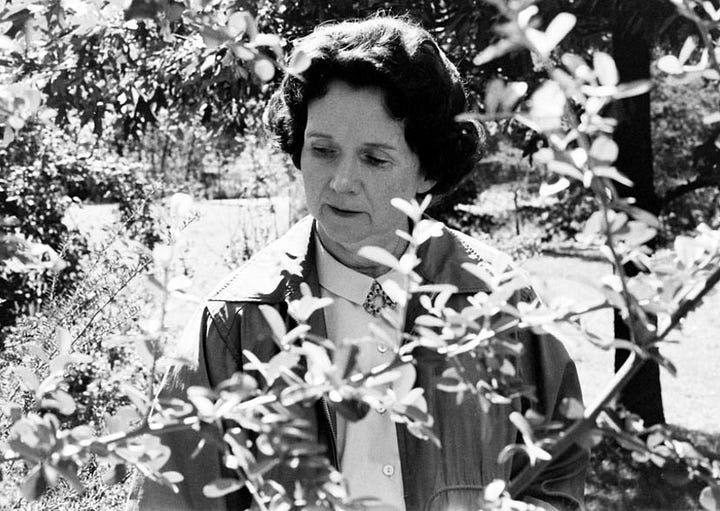
Scientific journals on the environment and biology I recommend are Nature Communications, Current Biology, and Biological Communications.
Robin Wall Kimmerer is a botanist and author. She is well known for her knowledge on Western science and indigenous environmental knowledge. She is also a professor and ecologist specializing in work in ecological restoration, forestry, and research with mosses.
I’ve come to understand my writing as an act of reciprocity with the plants and land, a way of returning a gift in return for all they have given me. I have realized that writing strictly for a scientific audience in peer-reviewed journals was not serving the good of the land, for that I needed to touch hearts as well as minds.
Journals on Ecology and Botany I recommend consist of American Journal of Botany, Journal of Plant Physiology, and Journal of Ecology.
Sy Montgomery is a journalist, adventurer, and naturalist. Montgomery has published 34 books and has appeared on and scripted multiple National Geographic documentaries. Her works surround the biology, personalities, and lives of animals that sometime overlap with the human experience.
To truly understand an animal, you must observe them with empathy and an open mind.
- Sy Montgomery
It’s important to be writing about the connection with share with our fellow creatures. - Sy Montgomery
A book by Montgomery that I recommend all the time is Of Time and Turtles which beautifully explores both time and ancient creatures from the perspective of an aging woman. A gorgeous book.
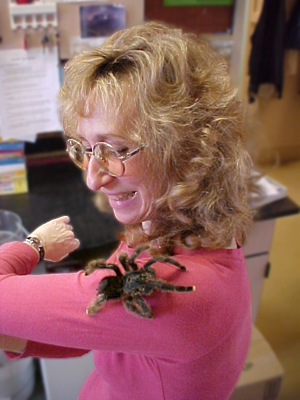
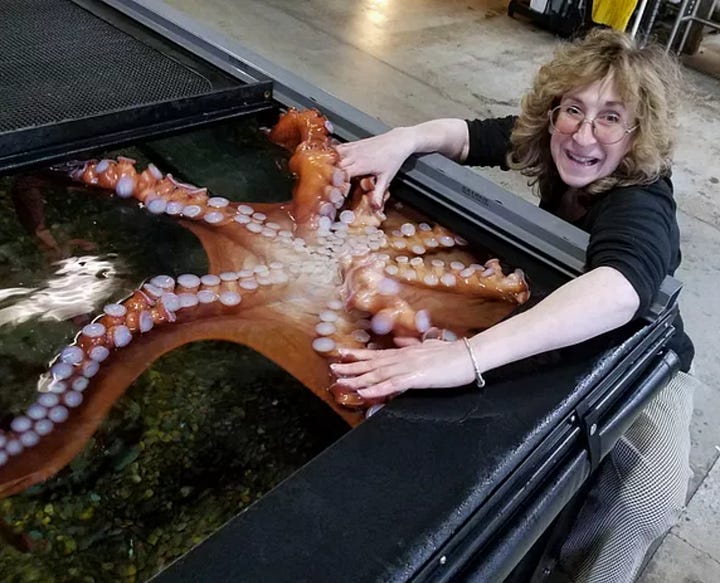
Journals on animal science I recommend are Journal of Animal Science and Animal.
Neil DeGrasse Tyson is a renowned, passionate astrophysicist who has played a vital role in bringing attention to science. Tyson is an essayist and letter writer. He has also been featured on many documentaries, TV shows, talk-shows, and podcasts. Tyson makes physics and astronomy accessible to people of all ages.
Every living thing is a masterpiece, written by nature and edited by evolution.
- Neil DeGrasse Tyson
Journals on astronomy and astrology I recommend are Nature Astronomy and The Astronomical Journal.
iii. PROMPTS
These prompts were created based on the scientists and writers listed above. Hopefully these will spark curiosity as well as encourage observation and experimentation.
Visit your favorite local park, garden, or science museum. Describe what you see truthfully and with as much detail as you can muster. Read it back to yourself. Does what you’ve written read poetically?
Gather some flowers and plants from your backyard or while on a walk around your neighborhood. Press them then tape them into your journal. Label the ones you can identify. Attempt to research the others.
Research a specific indigenous group or tribe. Write about their rituals for and beliefs of the Earth. Write about their natural medicines and systems of herbalism. What’s unique about the ways that they live within the Earth and their connection to nature?
Go for a swim in a local natural body of water: stream, pond, sea, or ocean. Identify a shell or insect or animal. Write in detail about the swim and the information you know about the organism of your choosing.
Write a love letter to the Earth. What would you say to her? Anything you would apologize for? What would you thank her for?
It’s nighttime. Look into the sky with your naked eyes. Can you see anything? If so, write about what you observe. Write about the planets, constellations, stars, and objects you can identify. If not, write about pollution and how it is severing humanity’s bond to the Earth, stars, and universe?
Write about your nervous system, hands, internal monologues. What about yourself - physically and internally - is reflected within nature?
From your local self-proclaimed writer & aspiring scientist,
Yulani Sann.




